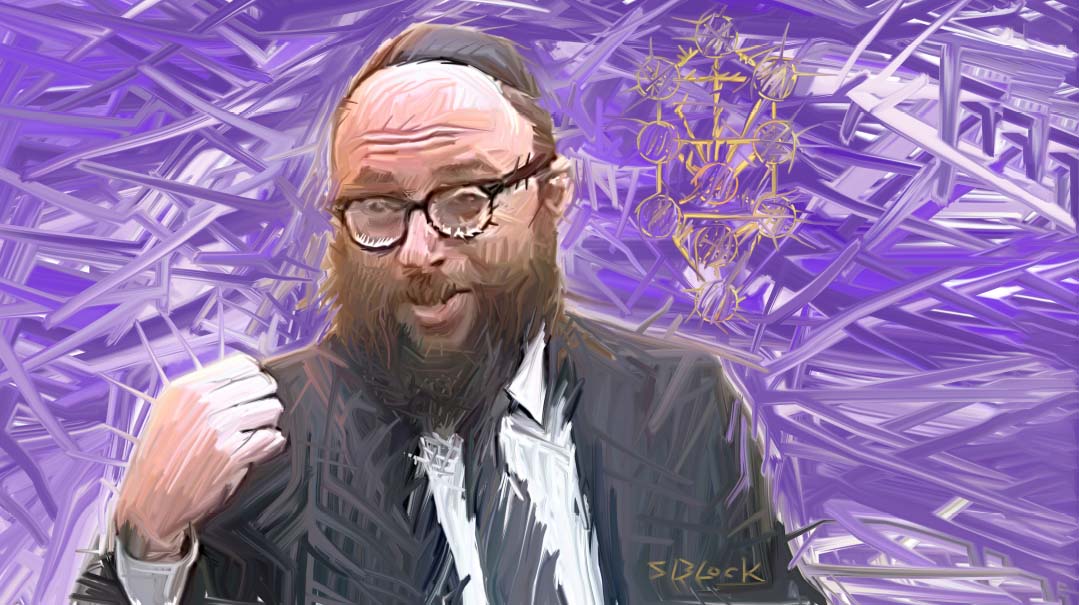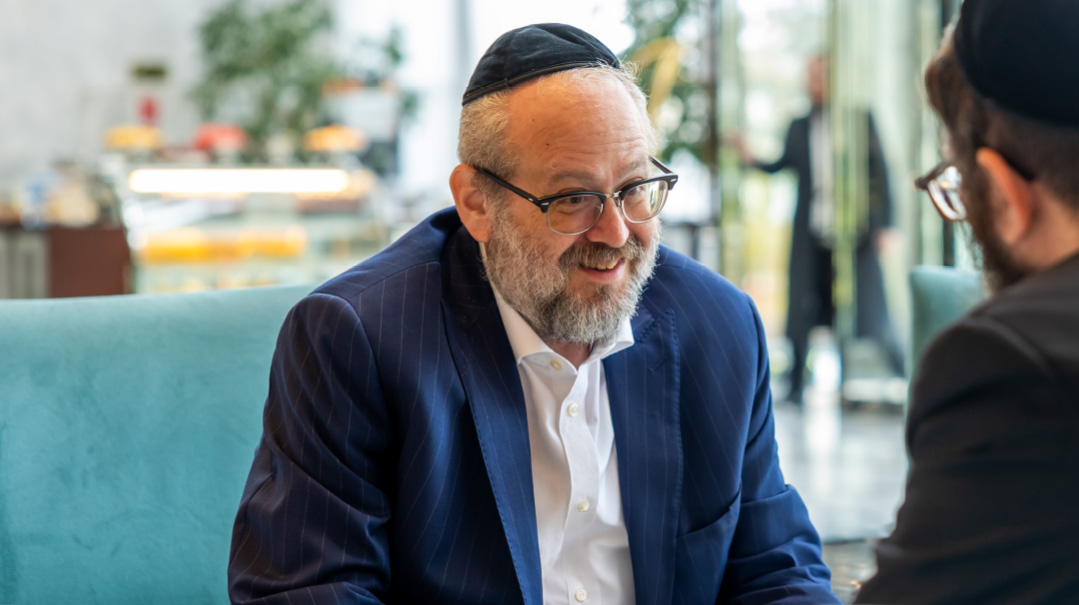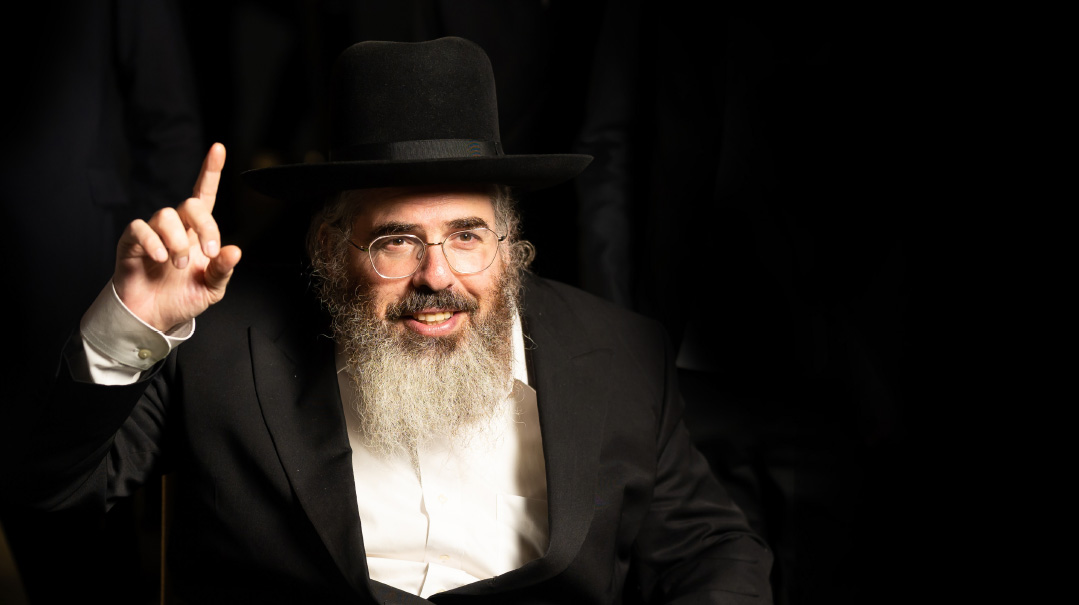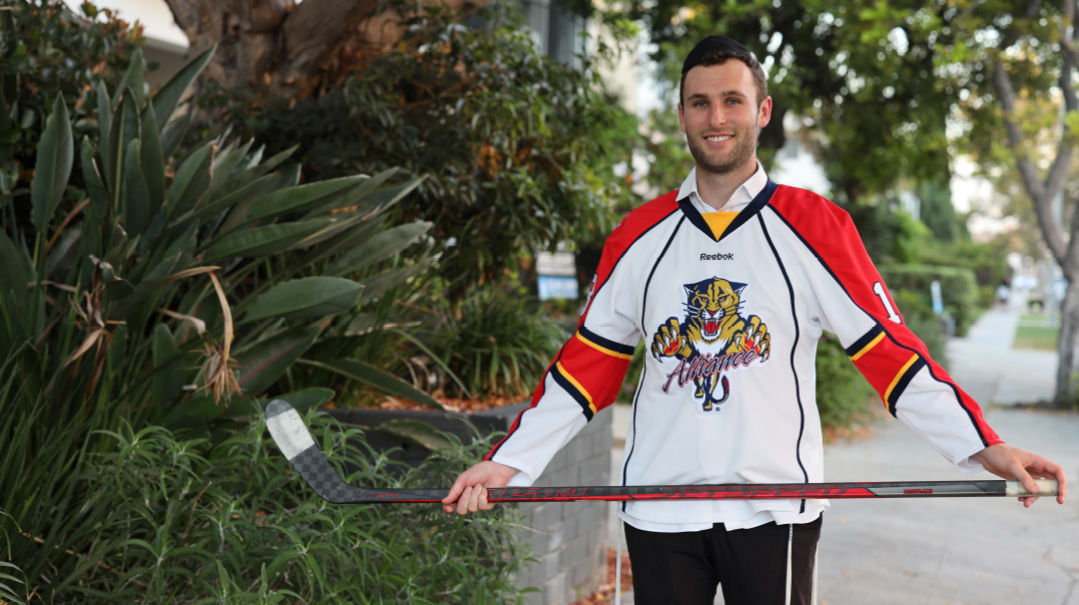A Living Torah

Now more than ever, Rabbi Aryeh Kaplan's writings inspire a new generation

Photos: Family archives
Illustration: Digitally painted by Ilan Block
It was the fall of 1972, and Rabbi Pinchas Stolper, national director of the National Council of Synagogue Youth (NCSY), the Orthodox Union’s youth outreach organization, was grappling with a dilemma: How to create Torah-oriented reading material in clear, contemporary language that would speak to the hearts and minds of unaffiliated Jewish teens.
Perusing the latest issue of Intercom, the journal of the Association of Orthodox Jewish Scientists, Rabbi Stolper noticed an article by one Leonard Kaplan entitled “On Immortality and the Soul.” It sounded esoteric, but as he read on, he was taken aback by the author’s rare talent for explaining a complex, arcane topic in the most readable English imaginable. He was equally impressed by the mastery of Torah sources evident in the article’s seven pages and thirty-five footnotes.
“I had no idea who he was. I had never heard of him,” Rabbi Stolper later recalled. “The article hit me like lightning. I remember pacing the floor, saying ‘I must call this man.’ It was well past 11 p.m., and my wife said, ‘What are you doing?’ ‘I’m calling this Kaplan.’ ‘Now, in the middle of the night?!’ But I called and he answered. I told him I wanted to meet for lunch to discuss a series of small books on Jewish topics, starting with Tefillin. ‘Kids get them when they’re bar mitzvah and discard them,’ I said. ‘Maybe if they understood the significance, it would be different.’”
“Kaplan” — Rabbi Aryeh Kaplan ztz”l — begged off, saying he didn’t really have the time to meet, but when Rabbi Stolper pressed the issue, he agreed to come to NCSY’s Manhattan offices in two weeks. And when he did, he was holding in his hands a 96-page manuscript entitled G-d, Man, and Tefillin, in an easy-to-understand text, yet with sources and footnotes from all over Shas, Midrash, and Zohar. “I couldn’t believe my eyes!” said Rabbi Stolper. “The most original, fascinating, meaningful, and convincing exposition on Tefillin ever published, using sources half of which I’d never heard of.”
Before long, Rabbi Kaplan became a beloved member of the NCSY family, serving as its director of publications and as the unofficial spiritual adviser to the group’s Brooklyn region. At NCSY conventions and around his own Shabbos table, teenagers were captivated by the sincerity of this gentle genius. He spoke with them as if they were his peers, using his command of both Torah and science to answer their most pressing questions and convey the depth and beauty of traditional Judaism.
Rabbi Baruch Taub, NCSY’s associate national director in those years, remembers watching Rabbi Kaplan interact with the teens. “It was something very special, because he related to every one of them, patiently answering each one’s questions. And all without a trace of ego, never letting on as to what he really was. He was both an incredible talmid chacham, someone who knew Shas and poskim and was at home in every part of Torah, and was a physicist, too, yet his whole persona bespoke humility.”
Oops! We could not locate your form.






